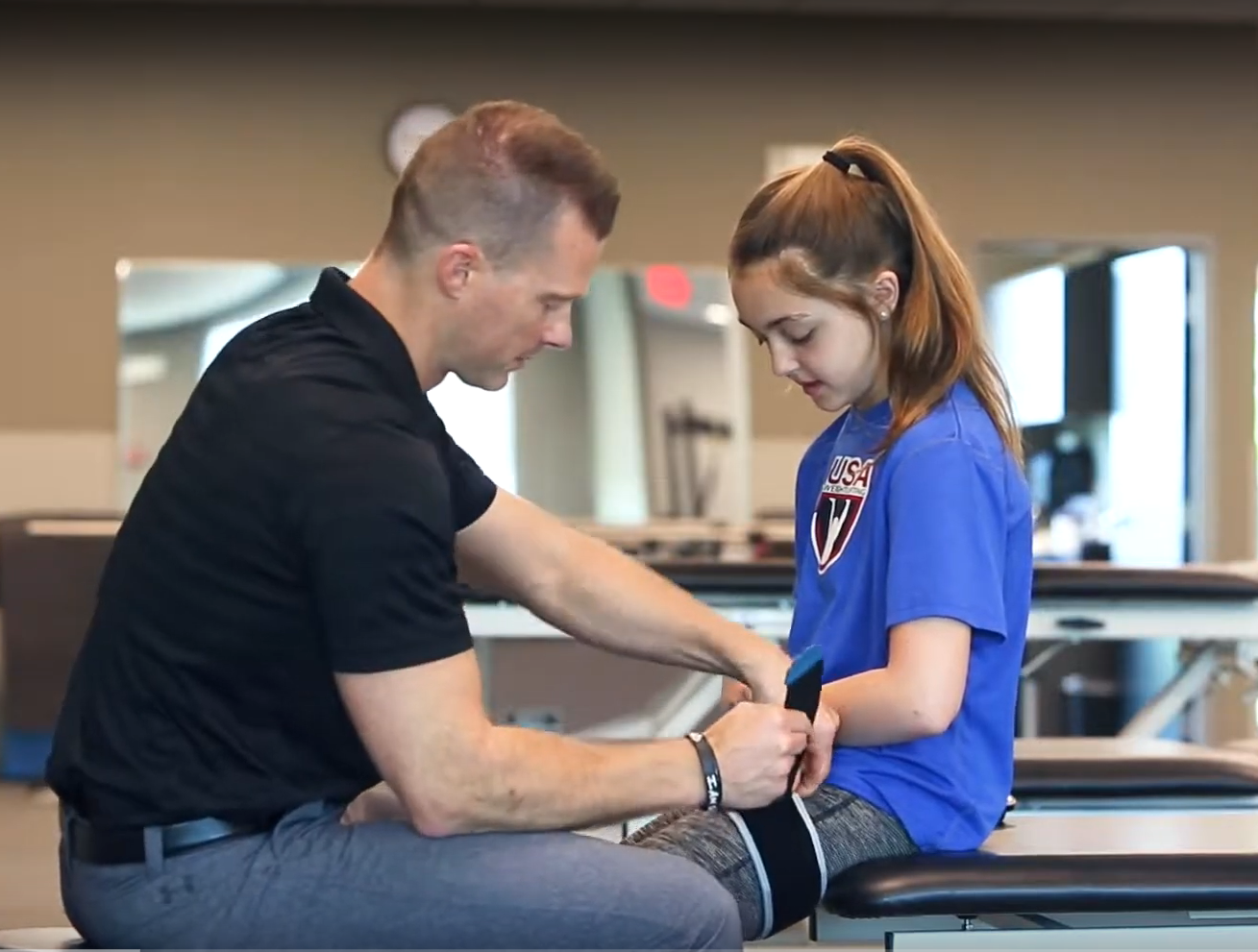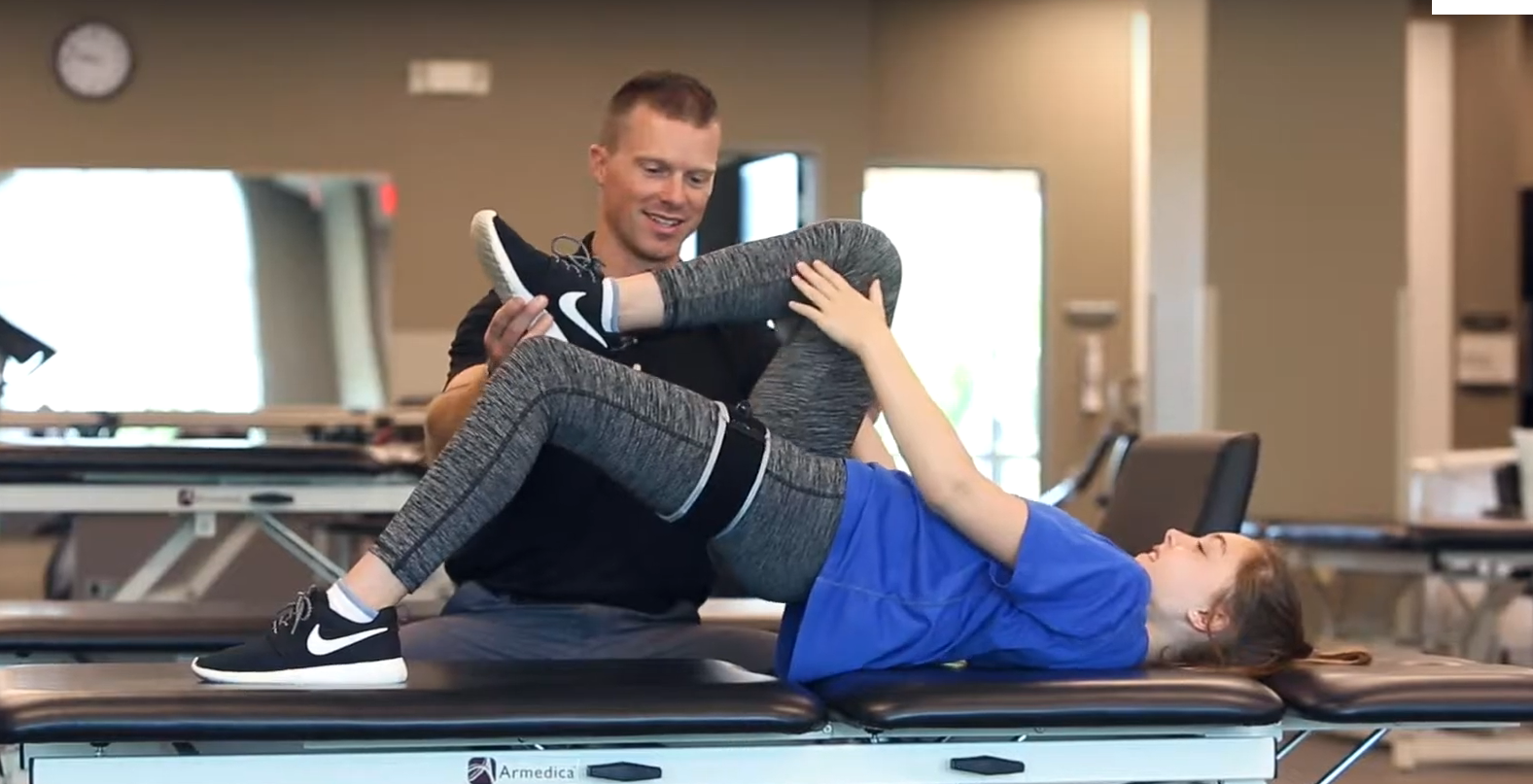Your Source For All Things BFR
BLOOD FLOW RESTRICTION
Growing evidence has continued to show the potential of blood flow restriction (BFR) training to improve exercise & rehabilitation programs
By intermittently restricting blood flow during exercise, research supports significant ability to make gains in strength, muscle size, bone growth, pain reduction and injury recovery - often in abbreviated time tables.
The safest BFR on the Market
BStrong BFR Bands
Product Info + Sizing Chart + Guide
Learning the fundamentals of BFR & how to add it into your own practice - Taking you from basic understanding to authority. What is BFR? How does it work? Is it safe? Your complete guide to Blood Flow Restriction Training!
"How many courses can change your practice pattern immediately like this and do so drastically?"
Eric C.
Physical Therapist
"Great instructor. Promotes safety, patient empowerment and science. It just makes sense."
Steve F.
Director of Rehab Services
"This course explained the scientific reasoning well and made BFR easy to start utilizing with athletes."
Meghan P.
Certified Athletic Trainer
Popular Questions
What is Blood Flow Restriction (BFR) training?
- Basically, it is a rehab intervention and performance-enhancing tool that taps into the body’s natural systems of stress and recovery – utilizing the same concepts as that of traditional exercise alone. The major distinction is an individual is recruiting muscles in a state of limited blood circulation.
In the case of exercise under restricted blood flow conditions, a strong but not complete, hypoxia results in muscle fatigue signaling. This limited circulation of oxygen, which is the driving force that causes muscular fatigue, happens more quickly than if oxygen were to be readily available. More than that, muscles are made up of motor units...the first and most easily recruited motor units fatigue and an individual has to recruit additional motor units to complete the exercise - this is the key to muscle growth and strength gains!
What makes BFR safe?
- First, the intent of blood flow restriction training with exercise is to restrict (not fully occlude) the movement of blood into and out of working muscles. As long as blood is still moving (stasis, or pooling of blood) is a risk factor for blood clots...if you are not stopping blood, the risk of blood clot is virtually non-existent.
- Second, a person should use a device that has either elastic properties (meaning, it should “give” in some way to allow muscle pump, size changes, limb movements and functional demands) OR have a system that can automatically fluctuate with a percentage of limb occlusion pressure to accommodate these changes.
- Third, it is important to note that the research shows all band/cuff sizes to be safe and effective...BUT it seems to make the most sense to have a device of intermediate width:
- Too narrow requires higher pressures to be effective + potentially risks nerve entrapment as it can create “rope-like” restriction.
- Too wide disallows movement, which can block muscle activation underneath the cuff, and restricts blood flow at lower pressures, potentially making it more discomforting.
- Lastly, you should be able to control the amount of restriction placed on a limb: typically this is done pneumatically...meaning, not just an arbitrary amount of force based on perception of tightness, even though this method has also been successfully utilized.
Does BFR replace traditional strength training?
- Absolutely not. BUT, it can serve as an amazing supplement for a number of applications including, but not limited to:
- Rehab - From an injury to allow you to continue training and build strength without the stress on the injured tissues
- Deload - Focus on maintenance during non-growth phase of training - emphasis on not losing ground
- Variety - The greatest feat of the human body is its ability to be adaptable. When exposed to different stimulus, demands, forces, positions, activities, etx. How does your body respond? BFR allows an opportunity to expose the human body to different stresses & enhance training effect without increasing load/force
- Recover - From things like joint/tissue overuse or even as simple as travel stiffness/inactivity
-
Modify - Alter a training session or even a type of exercise that is currently too difficult or impactful. Maybe you are new to it and need to learn the movement patterns better, but the work is too light to make any secondary gain from your time and efforts. BFR is an opportunity to work without overuse
Finish - End a training session with fatiguing muscles in a group (isolated work)
Research Resources
What evidence exists on Blood Flow Restriction (BFR) training?
- By intermittently restricting blood flow during exercise, research supports significant ability to make gains in strength, muscle size, bone growth, pain reduction and injury recovery - often in abbreviated time tables.
- My Performance Rehab has compiled a list of references to an ever-growing body of information. While this list could not possibly be comprehensive (as there are simply too many articles out there and more are added all of the time), it is a very thorough list broken down into sections:
- Reviews
- Safety
- Efficacy & Effectiveness
- Mechanisms/Mechanics (How it Works)
This bank of information is for those who may think BFR sounds unsafe and that it cannot truly be that effective, here is a large list of references to support its utilization. This data pool is also for those who simply would like to know more about how BFR works, for whom it works and its utilization.




